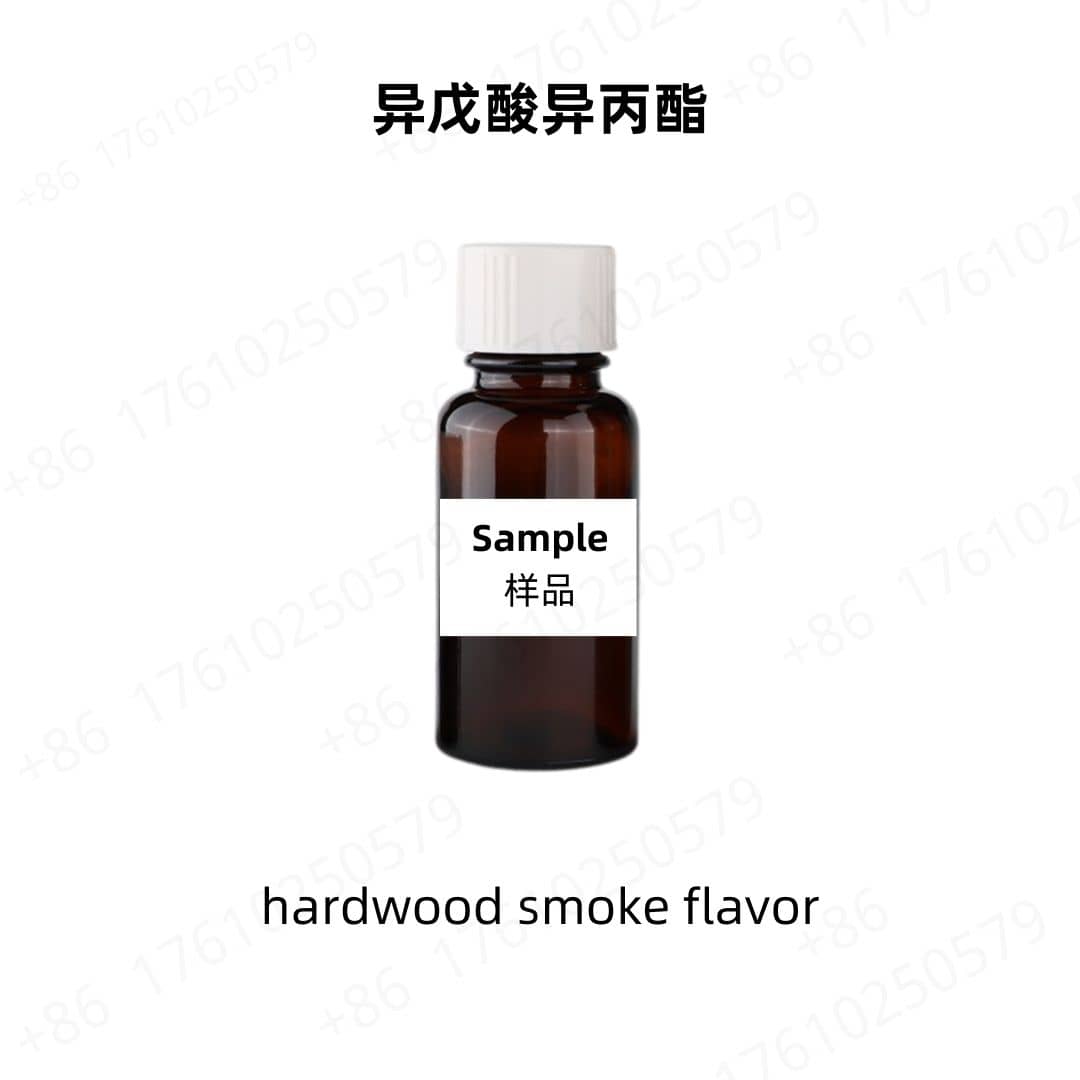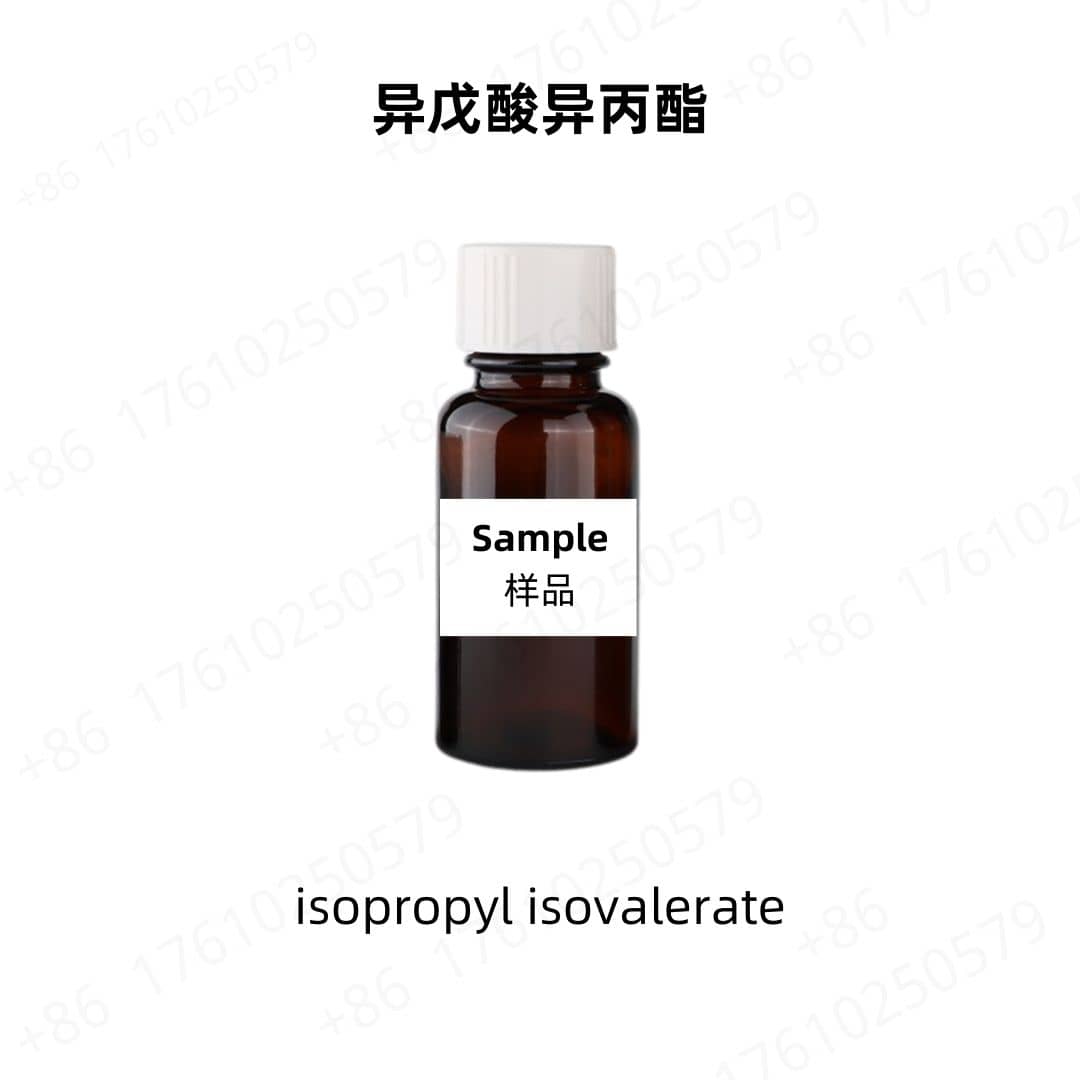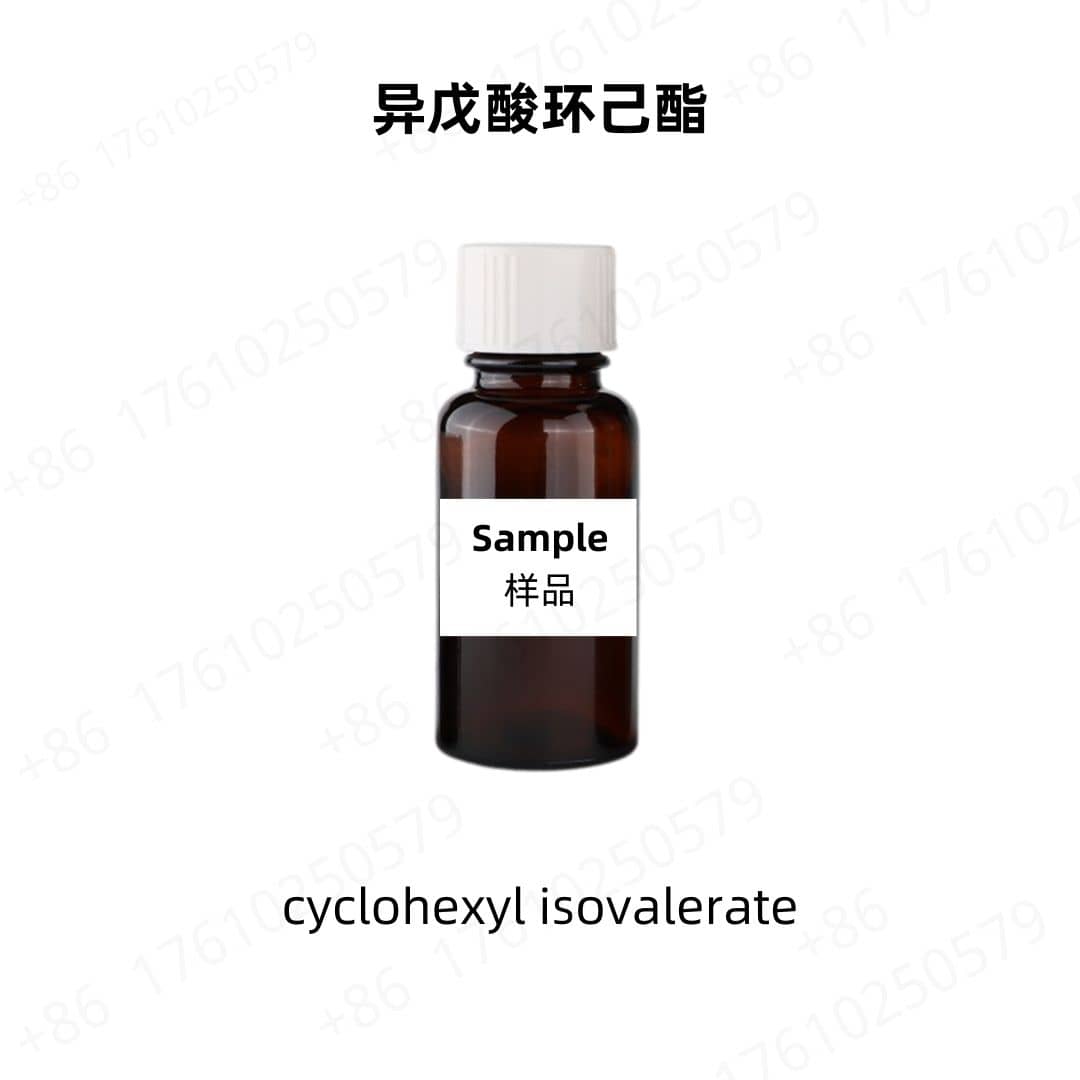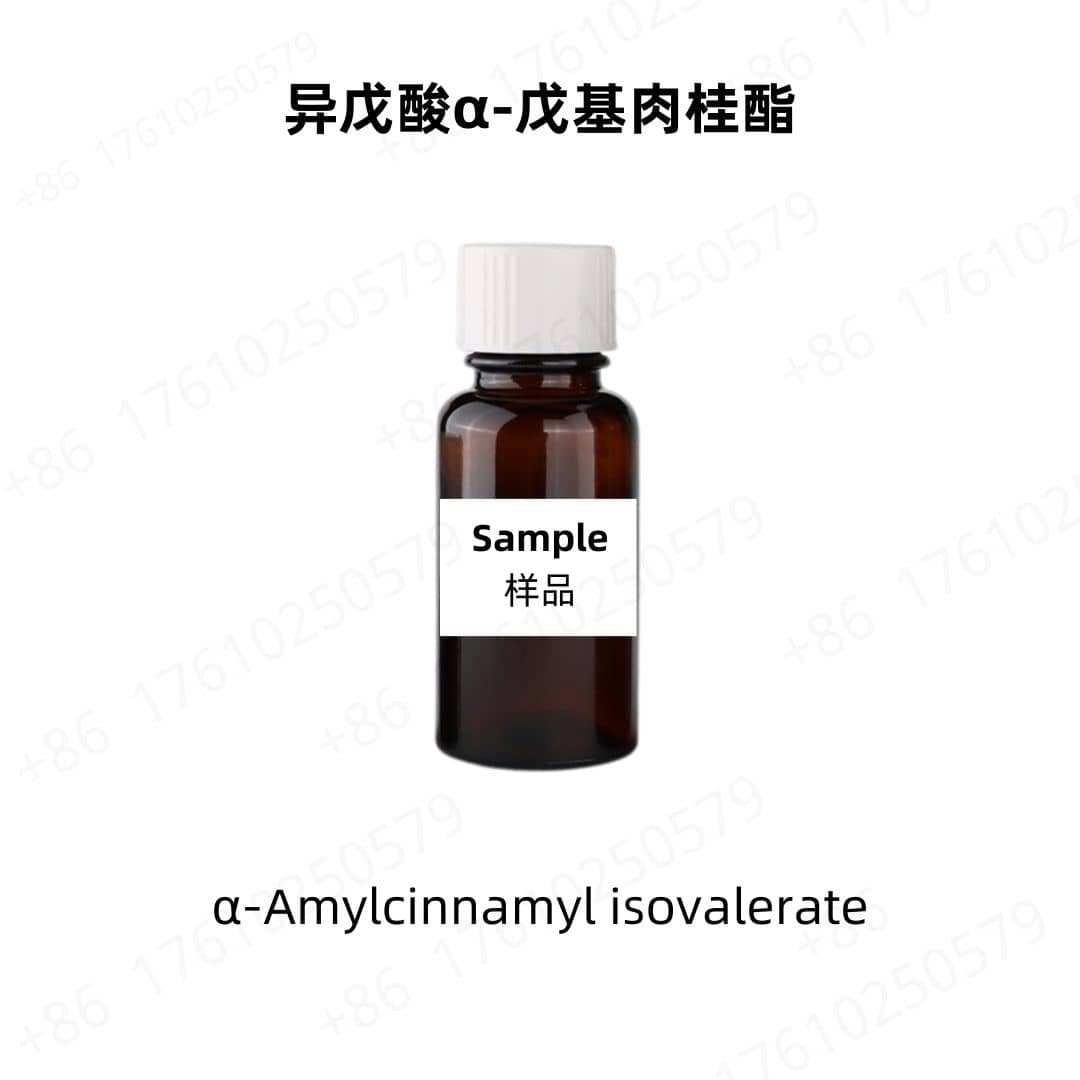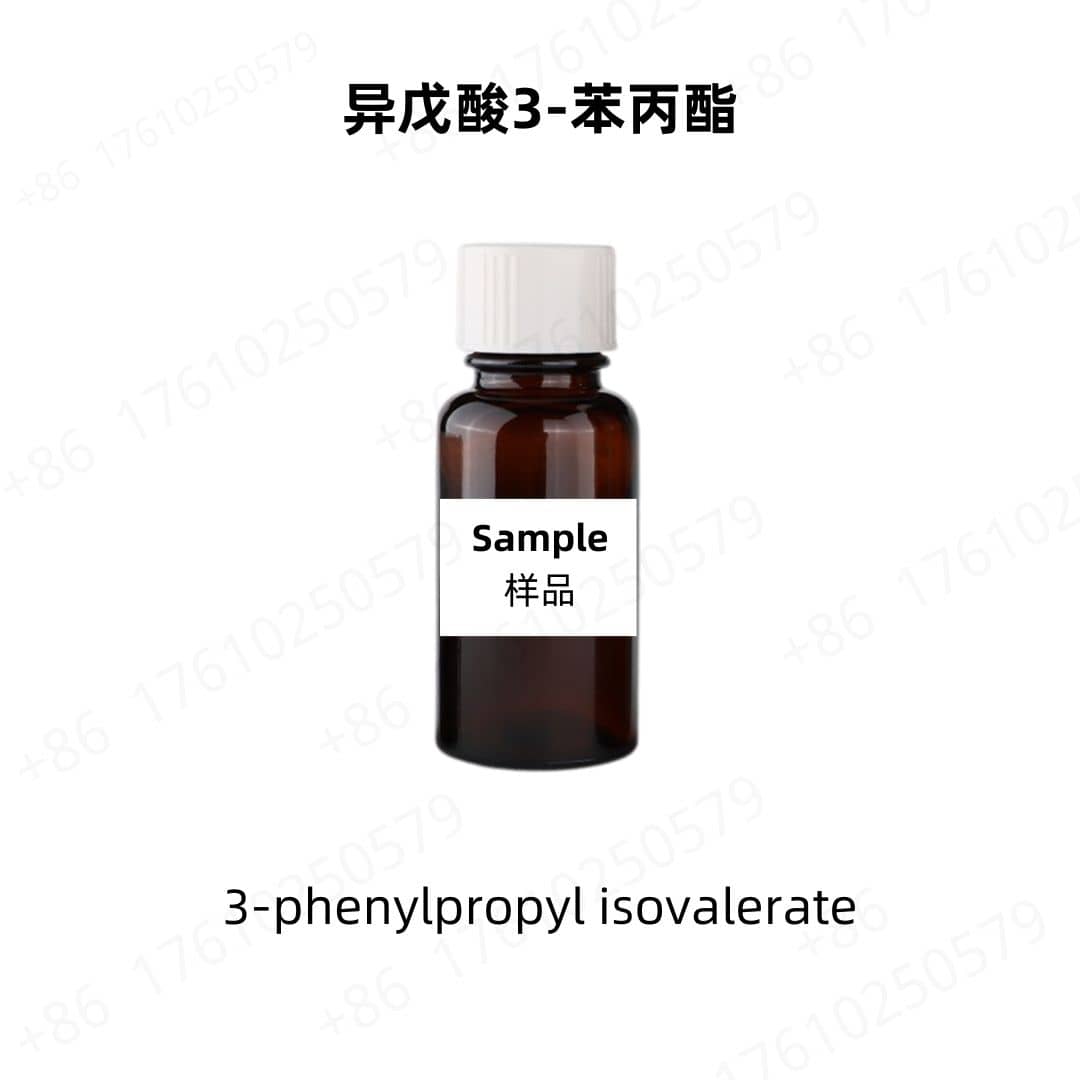Product Introduction
2-ethylbutyl acetate is an ester derived from the reaction between 2-ethylbutanol and acetic acid. It is recognized for its fruity fragrance, making it a popular choice in various applications across the fragrance and flavor sectors. This compound is valued for its pleasant aroma and is found naturally in some fruits. Due to its volatility, it is often used in formulations that require fast evaporation and a pleasant sensory experience.
Product Composition
The composition of 2-ethylbutyl acetate includes molecules that provide a sweet, fruity scent characteristic of tropical fruits. It is considered a simple ester, with its chemical formula being C8H16O2. Its molecular structure is responsible for both its odor profile and physical properties, facilitating its use in a wide range of products.
Production Process
The production of 2-ethylbutyl acetate involves a straightforward esterification process. This reaction typically occurs between 2-ethylbutanol and acetic acid in the presence of an acid catalyst. The reaction conditions, such as temperature and pressure, are optimized to maximize yield while minimizing byproducts. Upon completion, the resulting ester is distilled to achieve the desired purity.
Efficacy and Function
In the fragrance industry, 2-ethylbutyl acetate serves both functional and aesthetic purposes. It delivers a pleasant scent that enhances the overall profile of perfumes and scented products. In addition, its volatility allows it to impart scent quickly, making it ideal for use in air fresheners, candles, and personal care items. Its contribution to flavor formulations adds a fruity note that can elevate consumer experiences.
Application Scenarios
2-ethylbutyl acetate finds diverse applications in food flavoring and perfumery. In food products, it is utilized to create fruity flavors that can resemble bananas or pears, often featured in candies, beverages, and baked goods. In fragrances, it is commonly used in formulations for personal care products, home fragrances, and industrial scents. Its versatility makes it a valuable ingredient in both the food and cosmetic industries.
Packaging and Transportation
- Storage Conditions: The product should be sealed, protected from light, kept away from high temperatures, and stored in a dry, cool, and well-ventilated place.
- Packaging: Bulk packaging is 25kg per drum, sample packaging is 1kg per bottle, and custom packaging is available upon request.
- Shipping Methods: FedEx, DHL, dedicated logistics, and sea freight consolidation.
- Shelf Life: Two years.
Monica Sun’s expertise in the cosmetic ingredients industry spans emulsifiers, active components, and plant-based raw materials development and application. She is dedicated to integrating science and nature, providing high-performance and eco-friendly ingredient solutions for skincare and personal care products.









